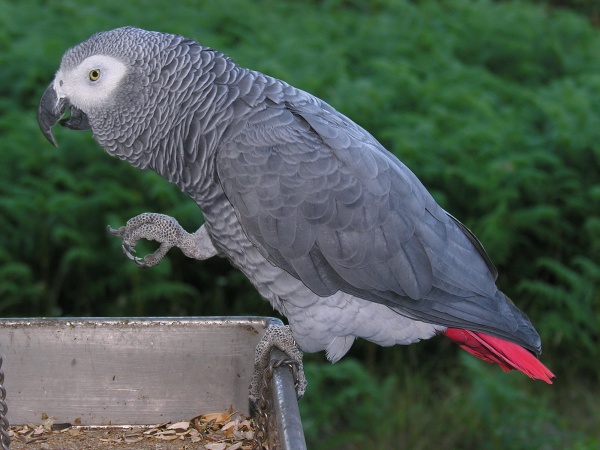Facts About Grey parrot
The grey parrot, also known as the Congo grey parrot or African grey parrot, is a medium-sized bird native to equatorial Africa. These stunning birds are primarily grey with striking red tail feathers and can live for an impressive 40-60 years in captivity. Unfortunately, their populations are declining due to habitat destruction and the pet trade.
In the wild, grey parrots primarily consume fruits, nuts, and seeds, but they also eat insects and snails. When kept as pets, their diet typically consists of a mix of fruits, vegetables, and bird pellets. These parrots are monogamous and nest in tree cavities, with both parents caring for the chicks until they are ready to be independent.
Grey parrots face numerous threats in the wild. Predators like palm-nut vultures pose a danger, and humans hunt them for the pet trade, meat, and traditional medicine. The species is considered endangered, with many birds dying during capture and transport. To combat these threats, they are protected under CITES Appendix I, which bans international trade.
Despite these challenges, grey parrots remain popular pets because of their remarkable ability to mimic human speech. They are highly intelligent and social animals, needing plenty of mental stimulation and interaction to stay happy in captivity. Their cognitive skills are often compared to those of young children, and they have even demonstrated altruistic behaviors in studies.
Grey parrots can exhibit natural mutations, and breeders have developed various color variants through selective breeding. These mutations include Blue Ino, Incomplete Ino, and Blue varieties, with rare types like Red Factor Greys showcasing predominantly red feathers.

 Sierra Leone
Sierra Leone